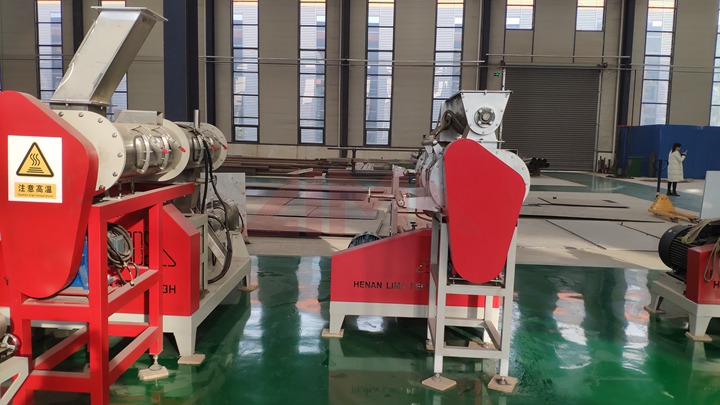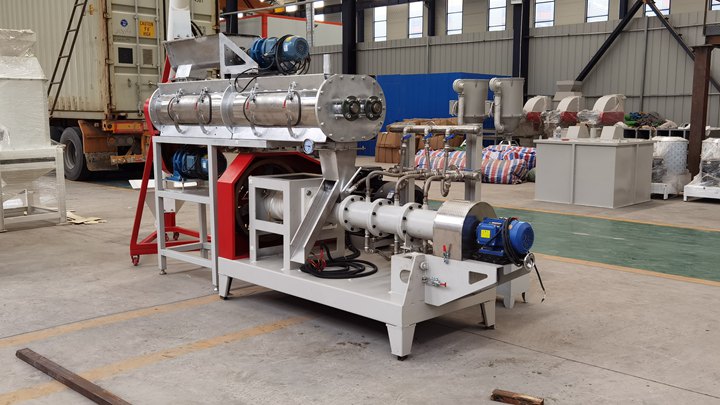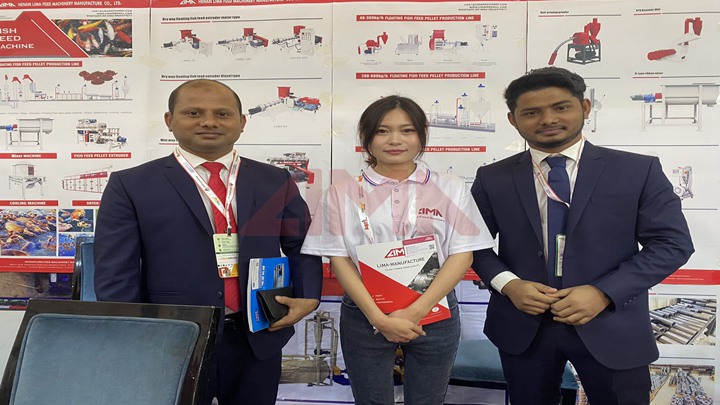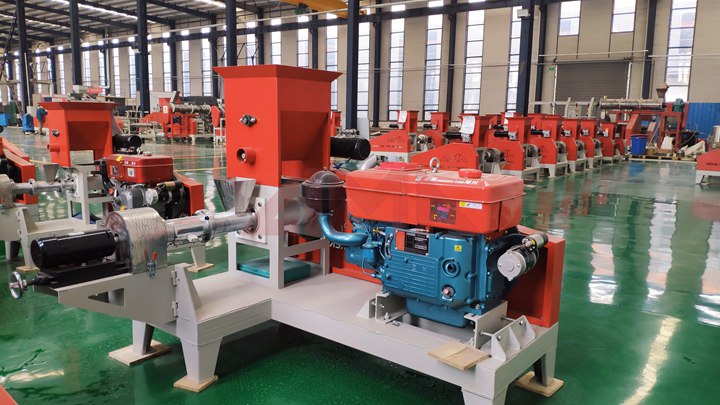
2025, fish meal produced from fish waste will represent 38% of world fish meal production, compared with 29% for the 2013 to 2015 average level Fish Oil : 0.856 million tonnes produced on 2015 Raw materials used for production of fishmeal and fish oil in 2015 • Whole fish 13.9Mt • By-product from wild capture 3.75Mt
.jpg)
Food losses represent a waste of resources used in production such as land, water, energy and inputs, increasing the green gas emissions in vain. Reducing food loss and waste is by far the cheapest and most environmental friendly way to increase food supply. Loss and waste occur in all food product groups, including seafood.

Sep 15, 2021 · Relationship between apparent consumption (live weight) and GDP per capita for seafood (dark blue dots) and terrestrial animals (purple dots). Line of best fit modeled as y = ax b. a Per capita
.jpg)
Jan 1, 2023 · However, the increased current global fish production leads to a significant increase in waste during harvesting and processing. This surge in waste, coupled with improper waste disposal, gives rise to sustainability challenges. The release of organic compounds into aquatic environments caused by improper fish waste disposal harms the environment.

Fish waste is an underutilized form of food waste that has potential for a wide array of products, including methane production. One challenge with using fish waste for AD is the high quantity of nitrogen that is present [92]. Fish waste can produce methane yields as high as 0.828 m 3 ·kg −1 VS [92].

Apr 11, 2024 · Various political factors influence different stages of the plastics life cycle, sometimes known as the “value chain.” The scientific literature increasingly portrays plastics as a subject of explicit contention as we transition from manufacturing and consumption to waste management and contamination.
.jpg)
Feb 19, 2021 · Following the growth of the global population and the subsequent rapid increase in urbanization and industrialization, the fisheries and aquaculture production has seen a massive increase driven

Nov 7, 2021 · Kruijssen et al. described four kinds of losses (physical, quality, nutritional, or market force loss) and studied their causes; thus, they highlighted five possible phases where loss and waste occur: primary production, post-production, processing, distribution, and consumption.

Sep 1, 2020 · This paper reviews the literature assessing fish waste and loss in low- and middle-income countries. We find significant variation in estimates of loss in different parts of the value chain, due in part to the diversity in approaches used to measure it.
.jpg)
Nov 30, 2013 · This chapter summarizes the current and potential treatment methods for fish waste and treated waste uses by means of informative flow diagrams, tables and the inputs and outputs (energy consumption, wastewater, solid waste) of various fish processes.
.jpg)
originate from the sewage of factories and agriculture. Fish production is impacted by the textile and mineral extraction sectors. Keywords: Fishery, Fish production, Fish consumption, and amino acid 1. Introduction 1.1. Back Ground of the Review over 51,500 tons of fish annually, contributes over 49% of the agricultural GDP, and
.jpg)
Sep 29, 2022 · Between 30 - 70% of a fish may be wasted post harvest Image: World Resources Institute. The FAO has made clear that the blue food system must be circular, and fish waste must not be thrown away, but instead should be captured and repurposed to ensure no nutrition is lost to the global food system.
.jpg)
In line with the principles of circular economy, fish waste is regarded as a sustainable source to obtain high-value products. The use of fish waste, including bones, head, skin, scales, fins, tails, gut, and viscera, as raw material to produce bioactive compounds has been proposed as a strategy to provide added value to fish waste materials.
.jpg)
Feb 19, 2021 · In this review, the authors discuss about how circular bioeconomy can be achieved through sustainable fish waste management, examining the global situations of fish waste, the main characteristics of compounds obtained from fish byproducts, and possible uses for production of value-added products.

Feb 23, 2021 · Potential for seafood waste-based silage production and its utilization were also studied. Across the seafood industry, around 43,321 tons of seafood waste are produced every year.